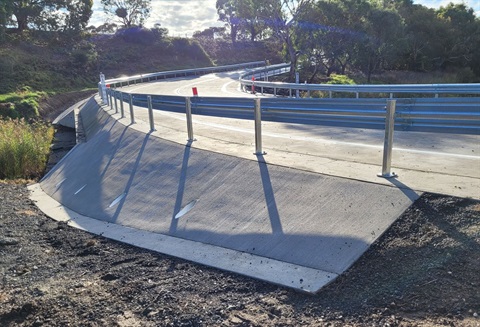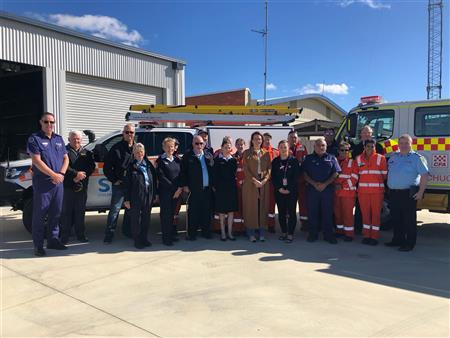The Royal Australian College of General Practitioners (RACGP) is warning that a Federal Government policy change aimed to boost GPs in regional and outer metro areas will see GPs leaving rural and remote communities.
It comes after the Federal Government announced on Thursday the expansion of distribution priority area (DPA) status – a system designed to boost the number of GPs in rural and remote Australia by channelling doctors there who are subject to location restrictions, including international medical graduates and those in bonded medical programs.
Under the changes announced, all GP catchments in the Modified Monash Model 2 (MMM2) areas now automatically have DPA status with immediate effect. This means regional cities and outer metro areas, as well as rural and remote parts of the country have priority status, allowing them to recruit from an expanded pool of doctors.
RACGP President Adj. Professor Karen Price warned the change would likely have unwanted consequences.
“As Australia’s largest representative body for GPs in rural and remote Australia, addressing the GP workforce shortage in rural and remote communities across the country is our top priority,” she said.
“Earlier this year we welcomed the previous Federal Government’s decision for MMM3-7 locations to be automatically reclassified as Distribution Priority Areas.
“However, we warned at the time that we would not support it being further expanded to MMM2 areas because of the risk that this will pull doctors away from more rural communities that need them.
“Robbing Peter to pay Paul will not solve the GP shortage in communities across Australia. And that is what the unintended consequence of this policy will be, it will draw GPs from more rural areas to MMM2 areas.
“The GP shortage is an extremely complicated problem and there is no quick fix solution. We need more medical students choosing general practice as their career – currently only around 16 per cent of graduates are choosing GP training.
“In order to change this, we need to cut red tape and reform healthcare funding in Australia, to ensure general practice is appropriately supported, sustainable and an attractive and viable career choice.
“In the short term the Government needs to explore another workforce solution to provide GPs for Australia’s undeserved rural and remote communities, and I welcome the opportunity to have this discussion with the Health Minister.
“The Modified Monash Model also suffers from lagging data that doesn’t provide an accurate view of the current situation, and so it’s really a blunt instrument.
“We need a system that can respond rapidly to changes in the community’s needs. Local services may be able to provide more current information on the local context, and help to mitigate the unintended consequences of this policy of doctors fleeing to larger regional centres, like Cairns or Shepparton.”
RACGP Rural Chair Dr Michael Clements said he feared more rural practices would close if they cannot recruit GPs.
“While this policy change is positive for MMM2 locations – such as my hometown of Townsville – it’s not good news for more rural and remote parts of Australia,” he said.
“What’s going to happen is that doctors will move from rural and remote locations where they’ve been required to work under the DPA rules to areas that they may perceive as more ‘desirable’ regional locations, and closer to capital cities.”
“I won’t be surprised if we see an immediate migration of doctors out of more rural and remote areas that need them.”
Dr Clements also called for more substantive measures to boost GP numbers, including rural incentives.
“Unless we do something dramatic and new, we are going to see more rural practice closures, because people just won’t be able to recruit GPs,” he said.
“The RACGP has long been saying we need to stop tinkering around the edges and get serious about health funding reform, because everyone deserves access to high-quality and affordable care, no matter their postcode.
“The Government needs to invest in rural incentives to attract doctors to the communities that need them.
“They also need to streamline the visa applications for overseas doctors, because the current process can take up to 18-months and is very cost prohibitive for practices at $20,000 to $30,000 per GP. A more streamlined process at less cost is key to ensure we can get more GPs into the communities that need them most.”
~








